What is OTIF?
OTIF, short for On-Time In-Full, is a supply chain management metric to measure how well a business can deliver orders to the agreed upon date, and in the correct quantities. It focuses on measuring timeliness, accuracy, and complete order delivery, ensuring orders meet OTIF expectations on time. A high OTIF rate is essential to maintaining strong supplier relationships and avoiding OTIF fines imposed by retailers like Walmart OTIF.
OTIF also has a role as a key performance indicator (OTIF KPI) for measuring supplier relationships and making procurement decisions. This OTIF metric enhances supply chain visibility, strengthens order fulfilment, and helps businesses align with OTIF standards to improve efficiency.
Significance of OTIF:
OTIF plays a vital role in supply chain management, ensuring improved customer satisfaction, better supply chain visibility, strategic decision-making, and efficient inventory management. Companies like Kraft Heinz emphasise OTIF performance to maintain a good OTIF rate and meet delivery commitments without facing OTIF penalties.
Improved Customer Satisfaction:
On-Time, In-Full (OTIF) delivery is essential for customer satisfaction, as it directly influences a business’s reliability and efficiency. A well-managed OTIF score ensures timely delivery, which improves supplier performance and order fulfilment. Companies that maintain a high OTIF are less likely to receive OTIF fines and can strengthen long-term business relationships.
Supply Chain Visibility:
On-Time In-Full (OTIF) enhances supply chain visibility by identifying potential bottlenecks and inefficiencies. Tracking OTIF rate in logistics operations ensures smooth deliveries and helps prevent a low OTIF score. By monitoring OTIF calculation, businesses can improve OTIF performance and ensure accurate demand planning.
Strategic Decision Making:
OTIF strengthens strategic decision-making by ensuring supply chain reliability and optimising key business processes. It helps in inventory planning, cost reduction, supplier performance enhancement, and logistics optimization. By leveraging OTIF data, companies can make informed decisions that drive long-term growth, competitiveness, and market adaptability.
Inventory Management:
As a crucial supply chain performance metric, OTIF significantly improves inventory management by minimising the risks of stockouts or overstocking. A low OTIF score indicates inefficiencies that can impact order fulfilment. Businesses must track OTIF requirements to maintain a high OTIF rate and avoid poor OTIF performance.
What are the Factors Affecting OTIF?
Inventory management, poor communication, delivery routing issues, supplier relationship, lead time variability, outdated systems, external conditions like weather etc. are the factors that, impacting order fulfilment and demand planning success and affecting supply chain OTIF.

Order Fulfilment Challenges:
Poor inventory management, inefficient routing, as well as data errors are some order fulfilment challenges that impact the OTIF supply chain performance. With these issues, stock-out, backorder or cost increases may result, disrupting demand planning. To achieve order fulfilment and maintain supply chain visibility without communication gaps and external factors, such as weather, is necessary.
Outdated Order Tracking Systems:
Older tracking systems hinder OTIF calculation, causing delays and reducing supplier performance. Companies that use advanced logistics operations maintain high OTIF rates and avoid OTIF penalties due to poor tracking. Implementing a real-time tracking system enhances order fulfillment and reduces the impact of poor OTIF.
Stakeholder Involvement:
The involvement of active stakeholders improves OTIF supply chain outcomes by the promotion of collaboration, communication and responsibility. Misalignment leads to low OTIF and affects delivery commitments. Strengthening supplier performance ensures consistent order fulfillment. Collaboration between shippers and suppliers plays a key role in achieving a high OTIF rate.
Manufacturing Lead Times:
Long Manufacturing lead times affect OTIF performance and create poor OTIF outcomes. Companies must track OTIF calculations and streamline order fulfillment to maintain a good OTIF rate and achieve a high OTIF rate. Reducing lead time variability helps meet OTIF requirements and enhances logistics efficiency.
Weather and Seasonality:
Transport delays, supply chain disruptions and demand fluctuations impact OTIF, which are caused by weather and seasonality. Businesses must meet OTIF standards to mitigate risks and maintain timely delivery even during seasonal fluctuations. Walmart OTIF strategies focus on proactive weather planning to ensure consistent OTIF delivery.
What is the Difference between OTIF and OTD?
OTIF is concerned with timely and complete deliveries, OTD only with timing. Delivery accuracy and completeness are part of OTIF supply chain metrics, that being more comprehensive. OTIF is evaluating supply chain performance end to end, while OTD focuses more on logistical punctuality. Together these provide critical insights into supply chain efficiency, reliability and order fulfilment success.

Importance of OTIF in Supply Chain Management:
Maintaining a high OTIF rate is essential for customer satisfaction, cost efficiency, and operational excellence. OTIF expectations ensure businesses meet delivery commitments, improve logistics, and reduce OTIF penalties. Companies like Kraft Heinz prioritise OTIF score improvements to maintain strong supplier relationships.
How to Measure OTIF?
OTIF measurement is based on industry standards, benchmarking, historical data and internal targets. Inventory management, order fulfilment improves when goals are set based on strategic objectives and are realistic. The use of this systematic approach will strengthen supplier relationships and improve overall OTIF supply chain performance.
OTIF Formula:
The OTIF formula is calculated as: (Number of orders delivered on time and in full / Total orders) × 100. This metric evaluates order fulfilment efficiency, with scores of 95% or higher considered excellent across diverse industries.

OTIF Calculations:
OTIF supply chain calculations divides the timely and complete deliveries by total deliveries and multiplies that figure by 100 to assess the delivery performance. Companies with a high OTIF rate have strong supplier performance and logistics efficiency. Maintaining an OTIF target is critical for reducing OTIF fines and enhancing order fulfilment.
How can we Improve On-Time and In-Full Score?
To improve OTIF, the production and transportation schedules need to be aligned, inventory management should be enhanced, supplier relationships strengthened, real time tracking used, supply chain visibility optimised, logistics streamlined for improved order fulfilment and demand planning.

Align Production and Transportation Schedules:
Optimizing schedules improves OTIF rate by integrating logistics operations and real-time tracking. Businesses that align processes achieve high OTIF and better order fulfilment. Ensuring delivery commitments through proper planning reduces poor OTIF occurrences.
Implement a Warehouse Management System:
The Warehouse Management System (WMS) improves OTIF KPI, enhances order fulfilment, and reduces lead times. Businesses using WMS see better supplier performance and fewer OTIF penalties. Coordination is streamlined and issues are proactively managed to increase overall order fulfilment efficiency.
Distribute Inventory for Faster Delivery:
Strategically distributing inventory improves OTIF score, ensuring timely delivery. Companies with a high OTIF rate minimize disruptions and enhance order fulfilment. Shippers benefit from decentralised inventory, reducing risks of low OTIF.
Renegotiate Minimum Order Quantities and Cadence:
Renegotiating MOQs improves OTIF performance and prevents stock issues. Collaborating with suppliers ensures a good OTIF rate and optimised logistics planning. Redefining OTIF expectations helps businesses meet OTIF targets more effectively.
FAQs
-
What is OTIF?
OTIF, short for On-Time In-Full, is a supply chain management metric to measure how good a business can deliver orders focusing mainly on measuring timeliness, accuracy, and delivery completeness, ensuring orders are delivered on the agreed-upon date and in the correct quantity.
-
What is the difference between OTIF and OTD?
OTIF evaluates delivery timeliness and order completeness, while OTD focuses only on timing. OTIF supply chain metrics are more comprehensive, addressing accuracy and completeness, offering deeper insights into order fulfilment and supply chain efficiency.
-
What are the Factors Affecting OTIF?
Factors affecting OTIF supply chain include inventory management, poor communication, delivery routing issues, supplier relationships, lead time variability, outdated systems, and external conditions like weather, impacting order fulfilment and demand planning success.
-
How can we improve on time and in full score?
Improving OTIF involves aligning production and transportation schedules, enhancing inventory management, strengthening supplier relationships, using real-time tracking, optimising supply chain visibility, and streamlining logistics for better order fulfilment and demand planning outcomes.








